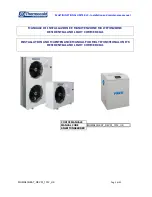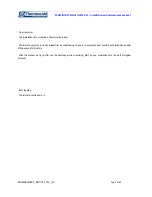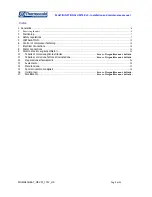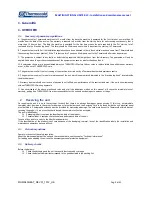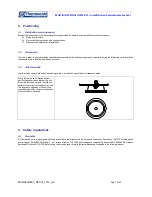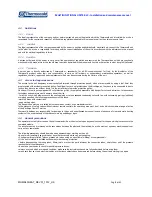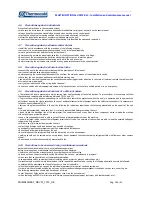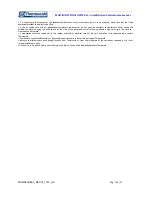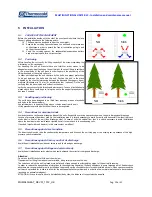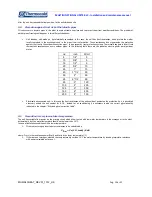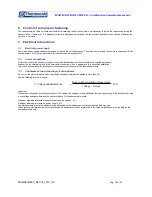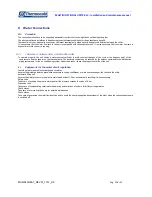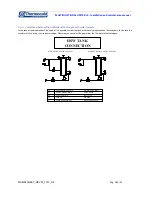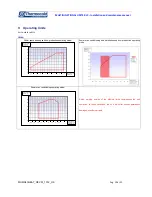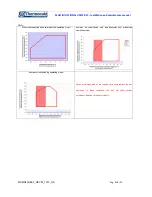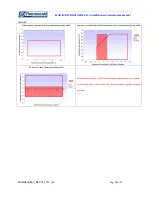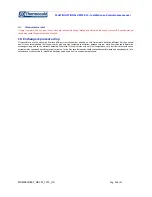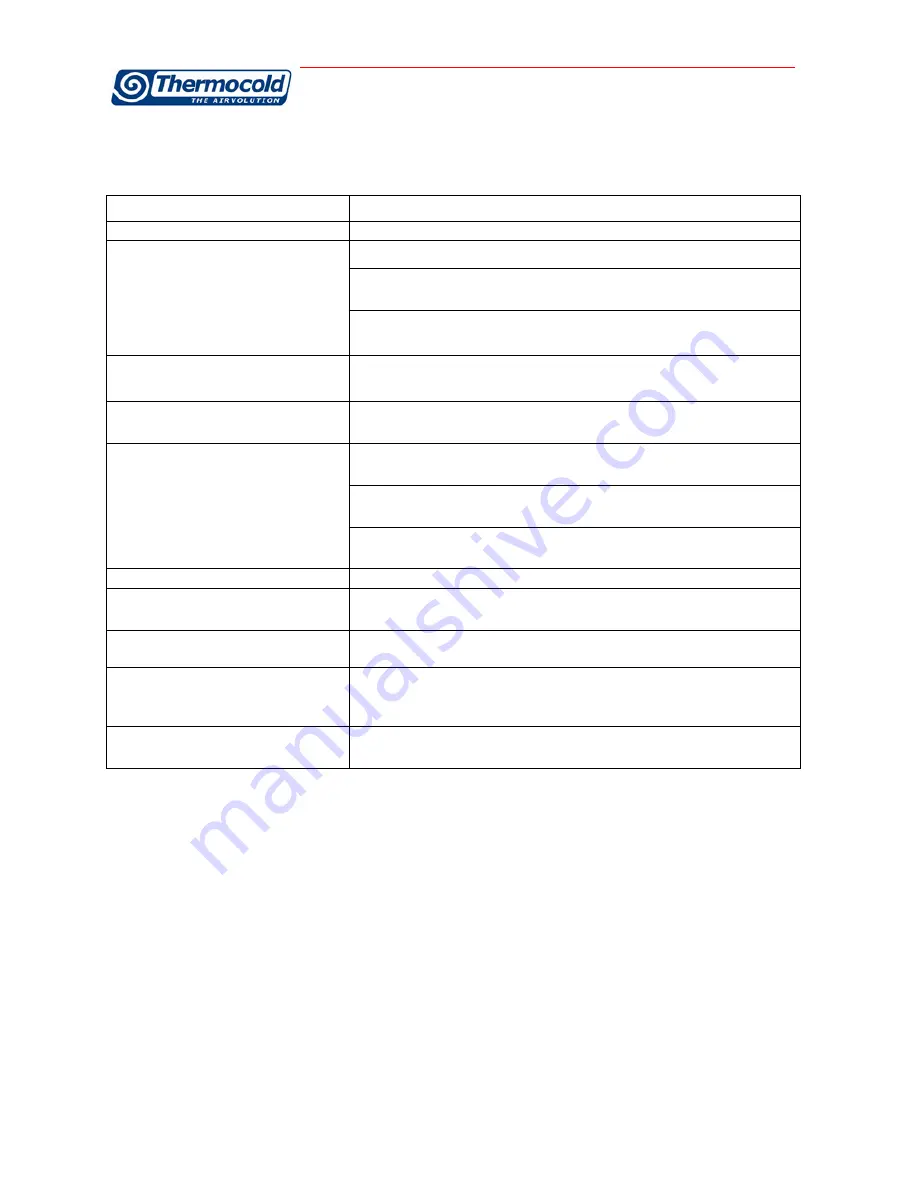
MULTIFUNCTIONAL UNITS RLC – Installation and maintenance manual
MUMRLCHEAT_REV01_1012_UK
Pag. 9 di 31
4.5
Precautions against risks due to the refrigerant
Safety data
R 410 a
Toxicity
Not important
Risks for skin touching
Splashes or sprinkles can cause chill burns. The risk of absorptions through the skin is not
relevant.
Those refrigerants could take some lightly irritating effects and in lliquid stage they have a
strong skinning effect. In this case it is necessary to rinse with fresh water the
contaminated parts of the skin
The refrigerant in liquid stage in contact with wet fabries cause freezing and adherence to
the skin. In this case it is necessary to put off the contaminated clothes to avoid freezing.
Please contact a doctor in case of irritation of the contaminated parts.
Risks for contact with the eyes
Vapors don’t take any effect. Splashes or sprinklers can cause chill burns. In those cases it
is necessary to rinse the eyes with water or with solution for ocular washings for 10
minutes. The intervention of a doctor is needed.
Risks for ingestion
Should it happen, it causes chill burns. It does not cause vomiting. The person must be
kept awake. It is needed to rinse the mouth with fresch water and to drink almosto 0,25
liters. The intervent of a doctor is needed.
Risks for inhalation
High concentration of vapours in air can lead to anaesthetic effects up to a loss of
conscience. Long exposures could give rise to cardiac arrhythmia and sometimes even to
death.
High concentrations can create a reduction of oxygen in air, with consequent possibility of
suffocation. Should it happen the person must be taken to the open air and let him to take
a rest.
Administer oxigen if needed. In case the breathing has interrupted or become irregular, it
is necessary to apply the artificial breathing. In case of cardiac arrest a heart massage
must be applied. Contact a doctor immediately.
Conditions to avoid
Use in presence of exposed flames, and of elevates levels of humidity.
Dangerous reactions
Possibility of violent reactions with the sodio, the potassio, the barium and with other
alkaline substances, incompatible materials and all the alloys containing more than 2% of
magnesium.
Protection wearing
Wear protection apparel and self respirators. Insulate the source of the loss, if this
operation can be done in safety conditions.
Behavior in case of losses or escapes
Small quantitative of refrigerant escaped at liquid state can be allowed to evaporate only if
the room is well ventilated. In case of great losses ventilate the room immediately. Plug
the loss with sand, soil or other absorbent material; avoid that the liquid refrigerant can
enter in water-drainages or losing pools.
Dismantlement
The best procedure is the recovery and the recycle. If this is not possible the refrigerant
must be conferred to an accredited system for its destruction in order to neutralize acid
and toxic by-products.

